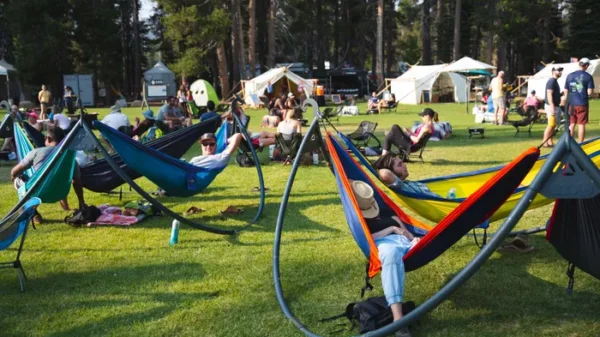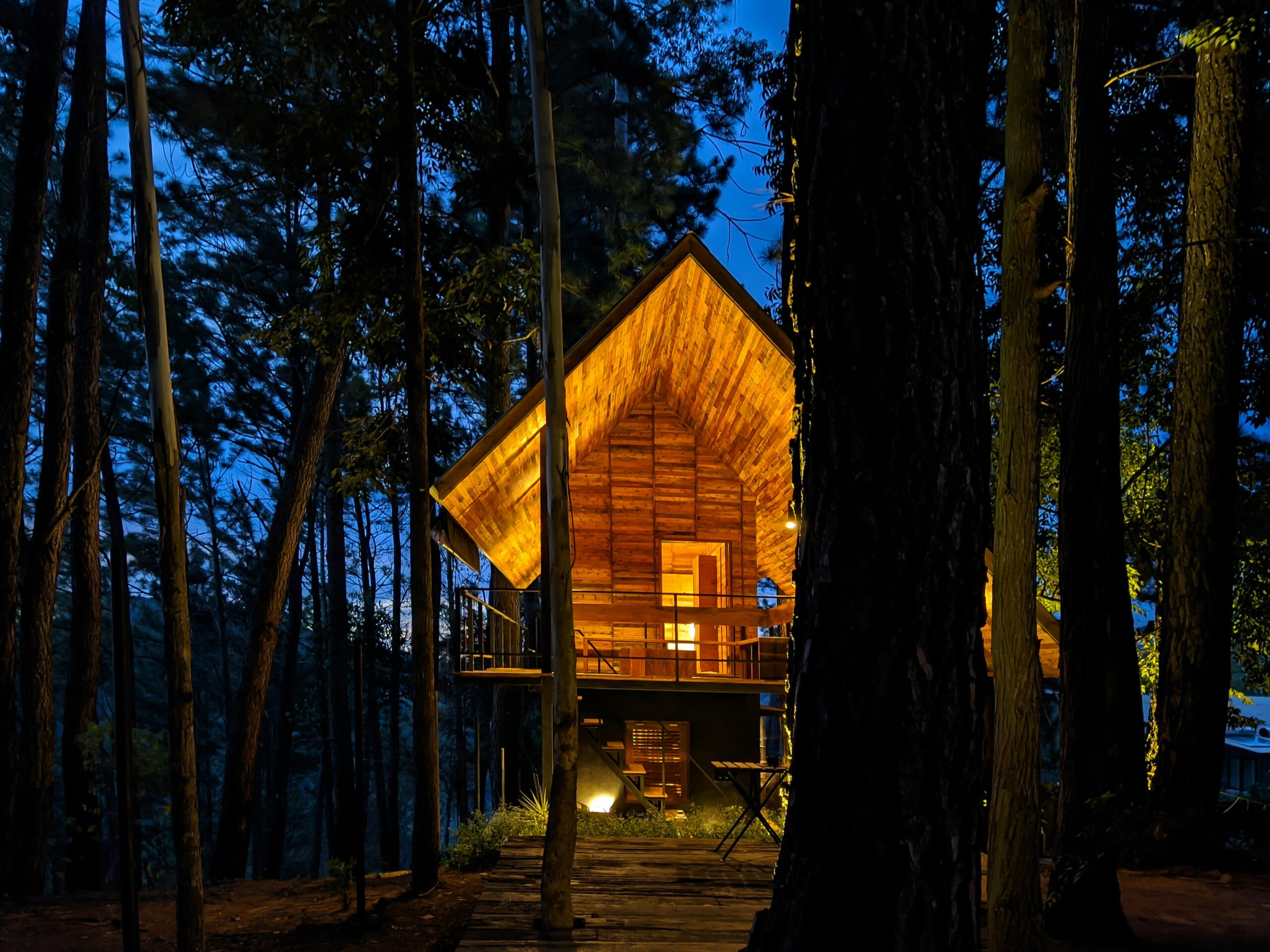Microliving: A Growing Minimalist Movement
As the minimalist lifestyle continues to grow in popularity, more individuals are embracing microliving—a lifestyle that emphasizes tiny homes, van life, and the simplification of everyday existence. This shift towards living with less has captured the imagination of those who want to focus on experiences, mobility, and a clutter-free life. By reducing possessions and minimizing living spaces, modern nomads are finding freedom in microliving.
Mobility and Freedom in Microliving
At the heart of microliving is the desire for mobility. Tiny homes and converted vans allow individuals to live anywhere, moving from place to place without the constraints of a fixed home or a mortgage. Whether it’s a van parked in a scenic national park or a tiny home in a remote corner of the countryside, microliving provides the flexibility to choose where and how one wants to live. This lifestyle is particularly appealing to digital nomads and remote workers who can work from any location, making the world their office.
Reducing Possessions and Embracing Minimalism
One of the core principles of microliving is minimalism—the idea of owning fewer things and focusing on what truly matters. People who adopt microliving often find themselves reducing their material possessions, decluttering their lives, and discovering the joy of living with less. By prioritizing necessities over luxuries, this lifestyle encourages individuals to rethink consumerism and embrace sustainability. It’s not just about owning fewer items, but about creating more space for experiences, personal growth, and adventure.
Tiny Homes and Van Life: A New Kind of Comfort
While the idea of living in a tiny space might seem uncomfortable to some, the microliving movement has redefined what comfort means. Tiny homes are often designed with space-saving innovations and multi-functional furniture, ensuring that even the smallest of spaces feel functional and inviting. Similarly, van life offers a compact yet cozy living arrangement that allows modern nomads to carry their home with them wherever they go. Both options emphasize quality over quantity, making every square foot count.
Focusing on Experiences Over Material Goods
Microliving encourages individuals to focus on experiences rather than material goods. With fewer possessions to manage, people have more time and energy to pursue hobbies, travel, and connect with others. The simplicity of this lifestyle allows for a deeper appreciation of nature, community, and self-sufficiency. Many in the microliving community speak about how this lifestyle shift has led them to a more fulfilling and meaningful life, driven by the joy of experiences over the stress of ownership.
Sustainability and the Environmental Benefits of Microliving
In addition to offering personal freedom, microliving is also aligned with sustainability. Tiny homes and vans typically use fewer resources, both in construction and in day-to-day living, resulting in a smaller carbon footprint. Many microliving enthusiasts adopt eco-friendly practices such as solar energy, rainwater collection, and composting toilets. This lifestyle not only reduces waste but also encourages a closer connection with the environment, as individuals become more conscious of their impact on the planet.
The Future of Microliving
As the world continues to shift towards more sustainable and minimalist living, microliving is likely to grow in popularity. Tiny homes and van life offer solutions for rising housing costs, environmental concerns, and the growing desire for freedom and mobility. As more people prioritize experiences, travel, and sustainability, microliving represents a way of life that caters to those looking for flexibility, simplicity, and fulfillment.
In conclusion, microliving offers an appealing alternative to traditional lifestyles. With its focus on mobility, minimalism, and sustainability, it is quickly becoming the preferred choice for modern nomads seeking a life filled with adventure and purpose, rather than possessions.



































